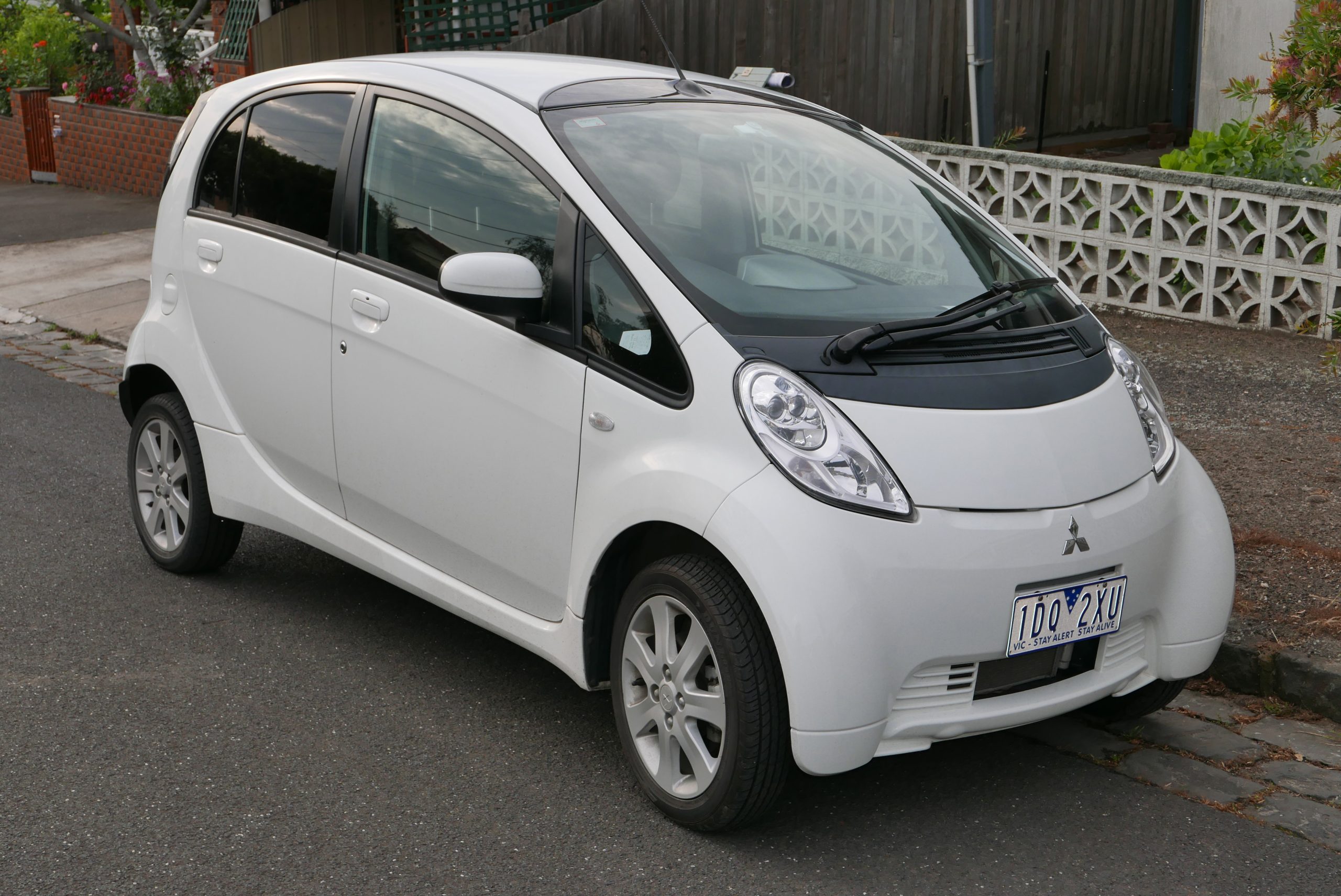The EV revolution marked one of the most transformative shifts in automotive history. While electric propulsion technology dates back over a century, it wasn’t until the early 21st century that EVs began to seriously challenge the dominance of internal combustion engines (ICE).
The first generation of mass-market electric vehicles, launched roughly between the late 2000s and early 2010s, represented both bold innovation and considerable risk. These vehicles embodied the hopes of cleaner air, lower greenhouse gas emissions, and a future less dependent on fossil fuels.
However, the road to widespread EV adoption was anything but smooth. Many early electric cars were experimental, pioneering technology that had not yet been fully refined, tested, or proven reliable. As such, these first-gen EVs carried significant challenges alongside their groundbreaking promise.
Exploring the early electric vehicle landscape reveals a fascinating duality. On one hand, certain models emerged that defied expectations by demonstrating surprising durability, reliability, and consumer satisfaction.
On the other hand, several first-gen EVs struggled with early flaws ranging from battery degradation and software glitches to mechanical failures and limited driving range.
Understanding this dichotomy is essential not only to appreciate how far EV technology has come but also to recognize the obstacles manufacturers had to overcome to build trust among consumers. These initial successes and setbacks laid the foundation for today’s rapidly evolving electric mobility market, providing crucial lessons in design, engineering, and consumer education.
The first wave of electric vehicles represented an ambitious attempt to reimagine the automobile for a sustainable future. Automakers faced tremendous pressure to innovate rapidly while ensuring vehicles were safe, functional, and appealing to buyers accustomed to the familiarity of gasoline cars.
Battery technology was a primary challenge, as early lithium-ion packs were expensive, heavy, and prone to degradation, especially when exposed to extreme temperatures.
The range limitations of these vehicles created anxiety among drivers, sometimes referred to as “range anxiety,” undermining the practicality of EVs for everyday use.
Additionally, the charging infrastructure was sparse and inconsistent, further complicating widespread adoption. Electric motors and controllers, while mechanically simpler than internal combustion engines, introduced new complexities in software and electronics that required novel approaches to reliability and maintenance.
Despite these hurdles, several first-generation EVs managed to excel, delivering performance and dependability that surprised many skeptics. Vehicles like the Nissan Leaf and Tesla Roadster showed that electric cars could be practical, durable, and even exhilarating to drive.
These models helped establish early consumer confidence in electric mobility by combining solid engineering with accessible designs and robust manufacturer support.
They proved that, with proper battery management, thermal controls, and software updates, early electric vehicles could withstand the rigors of daily driving and deliver a consistent ownership experience.
Their success stories provided valuable insights into battery longevity, regenerative braking benefits, and the advantages of simpler drivetrains with fewer moving parts, advantages that traditional ICE vehicles could not easily match.
Also Read: 10 Minivans That Last for Multiple Generations
5 First-Gen EVs That Surprised With Reliability
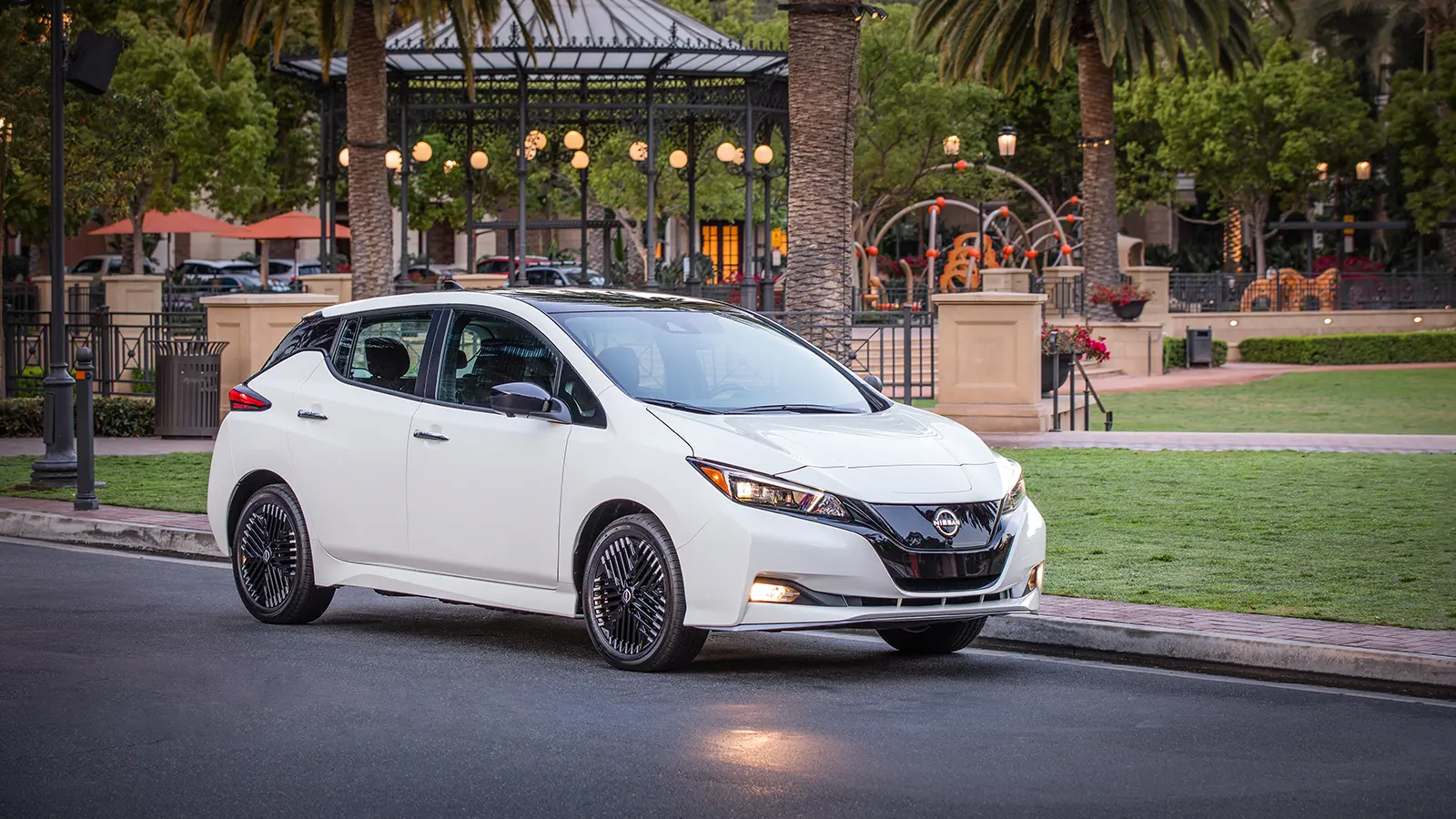
Nissan Leaf (2010)
The Nissan Leaf is widely regarded as a landmark in electric vehicle history because it was one of the first affordable, mass-produced EVs to reach a broad consumer base. Launched in 2010, it quickly became a symbol of practical electric mobility, offering a no-frills, reliable, and accessible option for everyday drivers.
What made the Leaf truly surprising was its overall durability and dependability despite being an early electric car produced at scale. At a time when many skeptics believed electric vehicles were fragile or impractical, the Leaf’s simple design and straightforward electric drivetrain dispelled many of these myths.
Nissan employed a tried-and-tested lithium-ion battery technology and an electric motor with very few moving parts, which inherently reduced the likelihood of mechanical failure.
This focus on simplicity translates to fewer maintenance headaches and longer-lasting components compared to traditional combustion vehicles. For many early adopters, the Leaf was their first taste of electric driving, and its consistent reliability helped turn initial curiosity into genuine enthusiasm for EVs.
Of course, the Leaf wasn’t perfect. Early models offered a modest 24 kWh battery pack with an EPA-rated range of approximately 73 miles, which was sufficient for most city commuters but fell short for those needing longer travel distances.
One notable challenge was the battery’s degradation over time, especially in warmer climates, where owners reported a faster-than-expected loss of range due to heat exposure.
Nissan acknowledged these issues and responded by improving battery chemistry, adding better thermal management systems, and providing over-the-air software updates designed to extend battery life.
Despite these challenges, many Leafs still reached well beyond 100,000 miles with minimal issues. This longevity was impressive for a vehicle pioneering uncharted territory in electric powertrains and helped to build confidence that EV batteries could be reliable over the long term.
The Leaf’s regenerative braking system was another reliability asset, reducing brake wear and mechanical strain. With fewer parts to service and no oil changes or traditional engine tune-ups, maintenance costs remained low, making the Leaf an economical choice.
Additionally, Nissan’s early push for expanding charging infrastructure, combined with a familiar hatchback design and practical interior, made the Leaf approachable for the average consumer.
This combination of reliability, usability, and affordability helped to normalize EV ownership and laid the foundation for the electric vehicle market that would explode in subsequent years. Even now, the Leaf remains one of the best-selling EVs globally, proving the lasting impact of its dependable early design and robust engineering.
Finally, the Leaf’s success transcended its technical specifications; it was a cultural and commercial breakthrough. It helped dismantle barriers to entry for electric vehicles by showing that a mass-market EV could be simple, reliable, and affordable, making it an ideal first choice for consumers transitioning from gasoline cars.
Nissan’s willingness to learn from initial battery degradation issues and continuously improve the vehicle with software updates set a precedent in the industry for ongoing support and enhancement of EVs long after purchase.
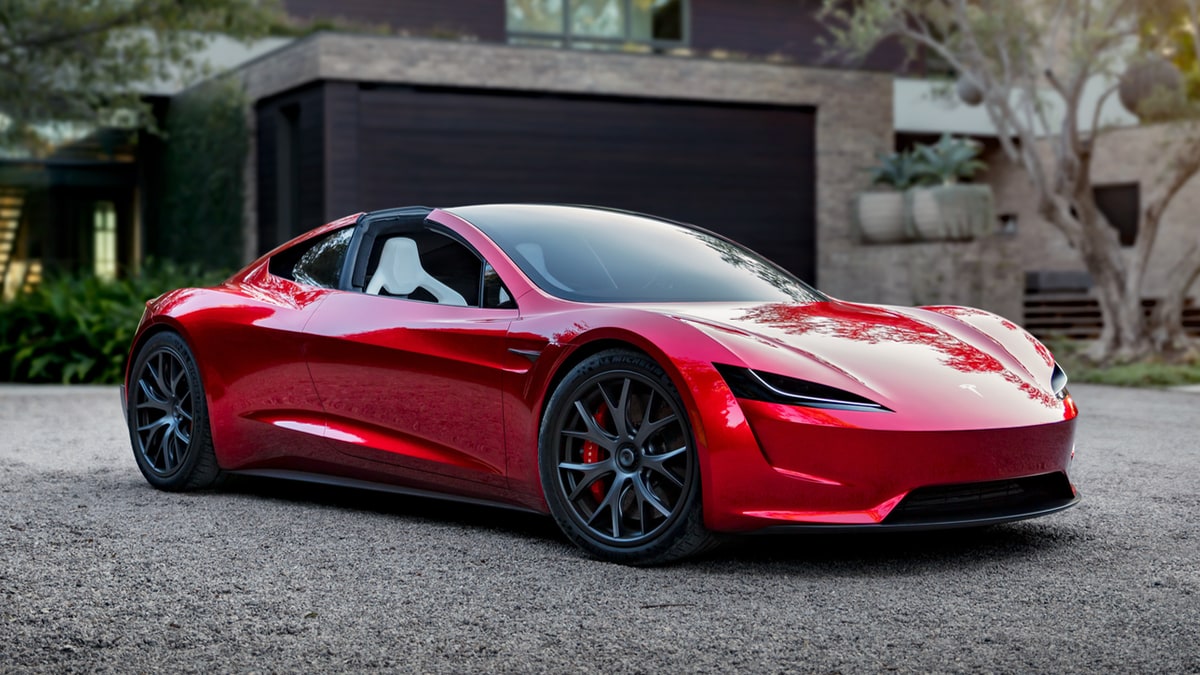
Tesla Roadster (2008)
When Tesla introduced the original Roadster in 2008, few expected an electric sports car to deliver both exhilarating performance and long-term reliability.
As Tesla’s first production vehicle, the Roadster was a bold statement of intent, an electric car that could compete with high-performance gasoline sports cars on speed, range, and durability.
What made the Roadster truly surprising was its reliability, given the experimental nature of its technology at the time. Tesla’s engineers employed thousands of lithium-ion cells salvaged from laptop batteries, carefully arranged to produce an energy-dense battery pack capable of delivering 245 miles of range, an unprecedented figure for its era.
The design was cutting-edge but unproven, and many industry experts doubted whether such a novel approach could withstand real-world use. Yet the Roadster repeatedly exceeded expectations by offering a drivetrain that was both powerful and remarkably durable.
Central to the Roadster’s reliability was Tesla’s commitment to high-quality manufacturing standards and continuous improvement. The electric motor design was simple, with far fewer moving parts than a combustion engine, resulting in less wear and fewer potential mechanical failures.
Over-the-air software updates, an innovation Tesla pioneered, allowed for remote diagnostics and troubleshooting, enabling Tesla to quickly address issues related to battery management and vehicle control systems. This approach significantly improved reliability over the vehicle’s lifespan.
Owners often reported driving their Roadsters for over 100,000 miles with minimal problems, a remarkable achievement for a first-generation EV.
This durability demonstrated the potential of electric drivetrains to last longer and require less maintenance than traditional engines, helping to shift public perception about electric vehicle reliability.
Moreover, the Roadster’s performance shattered longstanding assumptions that electric cars were slow or dull. With a 0-60 mph acceleration time of under four seconds, it outperformed many sports cars of its time while maintaining dependability and energy efficiency.
The combination of thrilling performance with consistent reliability was a game changer, proving that EVs could deliver on all fronts.
Tesla’s success with the Roadster established the company as a serious player in the automotive industry and laid the technical and financial groundwork for the future Model S, which further cemented Tesla’s reputation.
Finally, the Roadster’s impact extends beyond its reliability and performance. It was the first vehicle to demonstrate the viability of electric cars in a premium segment, encouraging investment and interest in EV technology worldwide.
By combining innovative battery technology, strong engineering, and visionary software updates, the Roadster overcame skepticism and established new standards for electric vehicle reliability and capability.
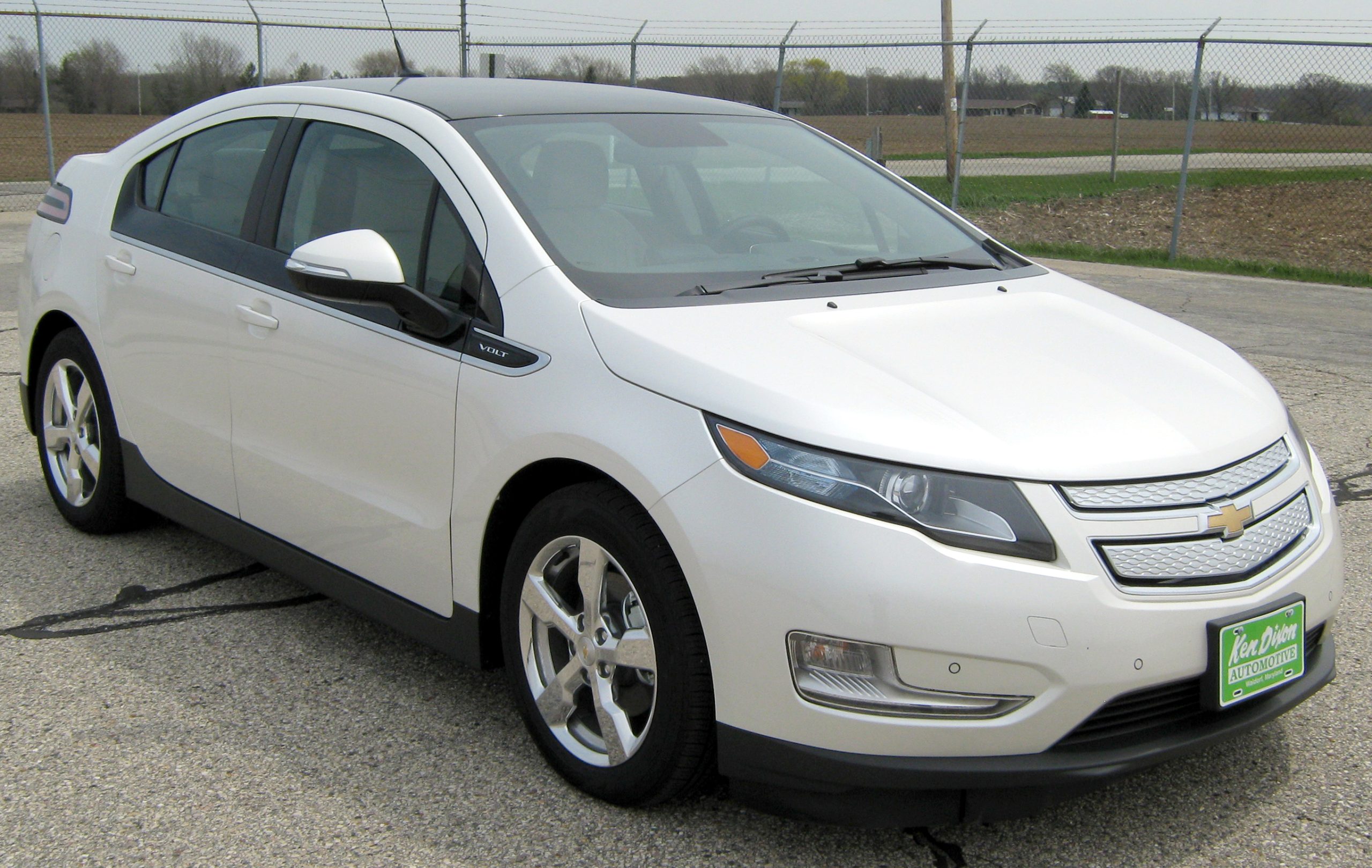
Chevy Volt (2010)
The Chevrolet Volt took a different approach to electric vehicle reliability by blending electric propulsion with a gasoline range extender, addressing the range anxiety that plagued many early EVs.
Introduced in 2010, the Volt was a pioneering plug-in hybrid that offered a practical compromise: a pure electric range of around 35-40 miles coupled with a gasoline engine that automatically activated when the battery was depleted.
This innovative design aimed to provide all-electric driving for short trips while alleviating worries about running out of charge on longer journeys. Despite the complexity inherent in combining two powertrains, the Volt surprised many with its reliability, becoming a durable and trusted option for drivers transitioning from conventional vehicles.
A major contributor to the Volt’s dependable nature was General Motors’ thorough development and testing processes. The battery pack utilized in the Volt was engineered to carefully manage charge cycles, minimizing degradation and extending usable life.
Advanced battery management software monitored and balanced individual cells, preventing overheating and ensuring longevity. This software-driven approach to reliability was ahead of its time and allowed the Volt’s battery system to remain robust even after years of use.
Additionally, the Volt’s electric motor, power electronics, and gasoline engine all benefited from GM’s decades of engineering experience, resulting in a vehicle that was surprisingly trouble-free given its technological ambition.
The Volt also benefited from its familiar automotive architecture. Because it retained many conventional automotive components and shared parts with other GM models, maintenance and repairs were easier and more accessible than for fully electric vehicles of the era.
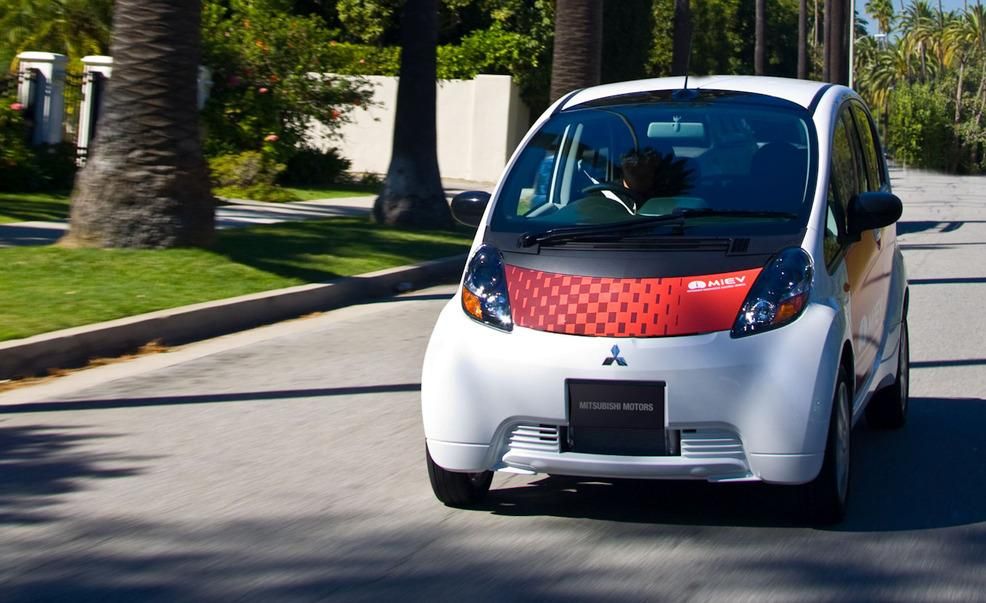
Mitsubishi i-MiEV (2009)
The Mitsubishi i-MiEV, launched in Japan in 2009 and later introduced to global markets, was one of the world’s first mass-produced electric vehicles and a pioneer of urban electric mobility.
Despite its compact size and relatively limited range of about 62 miles, the i-MiEV proved to be surprisingly reliable, especially considering the nascent stage of electric vehicle development at the time.
Mitsubishi took a cautious and practical engineering approach, avoiding overly complex or experimental systems in favor of proven battery chemistries and reliable power electronics.
This conservative design philosophy paid off, as the i-MiEV’s electric motor and battery pack showed consistent performance and durability under real-world conditions.
One of the factors contributing to the i-MiEV’s reliability was its simplicity. The vehicle utilized a lightweight chassis and an electric drivetrain that minimized mechanical complexity and potential failure points.
The lithium-ion battery system, while small by modern standards, was robust and exhibited steady performance over many charge cycles.
Owners reported minimal issues with battery degradation or motor failures, even in stop-and-go urban driving where frequent acceleration and braking could otherwise strain components. Additionally, Mitsubishi’s early focus on safety and quality control helped ensure that the i-MiEV was dependable, solidly built, and suited for the daily rigors of city life.
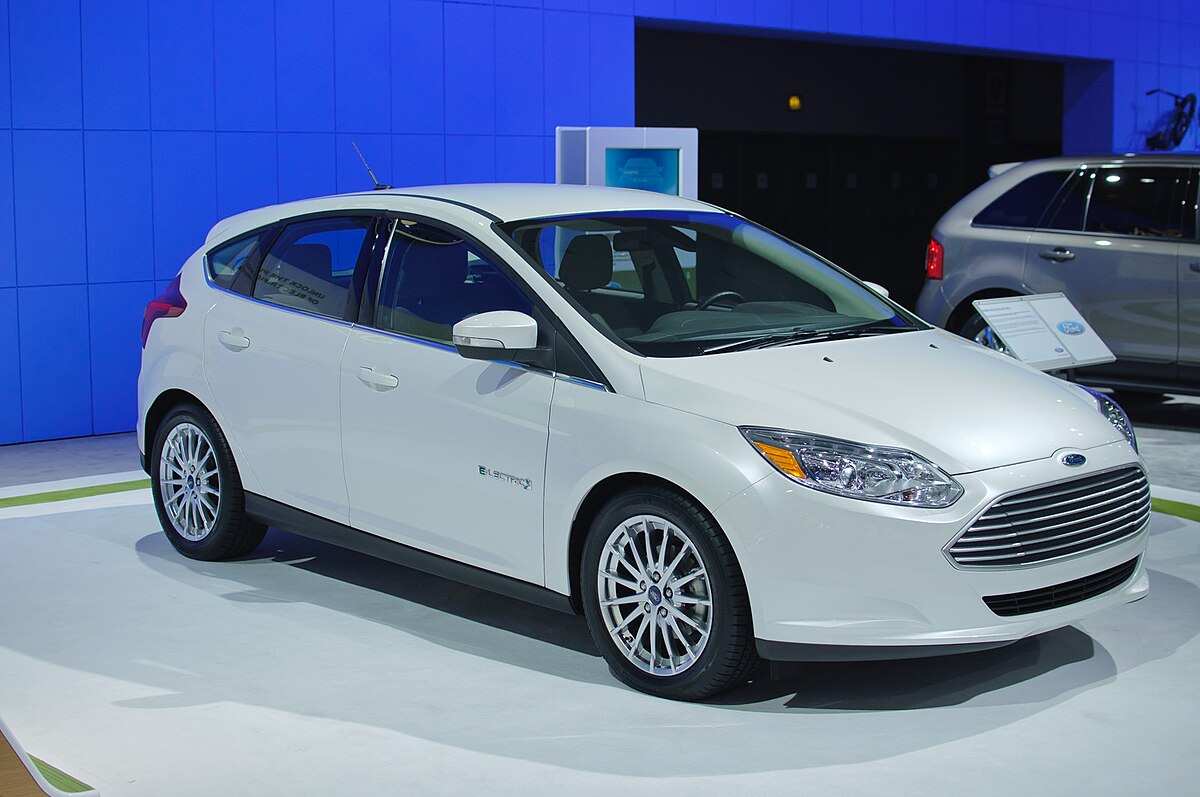
Ford Focus Electric (2011)
Ford’s Focus Electric, introduced in 2011, marked the company’s serious entry into the electric vehicle market by leveraging the success of its popular Focus compact car.
Unlike many first-gen EVs that were bespoke designs, the Focus Electric was an adaptation of an existing platform, which allowed Ford to maintain a high level of build quality and reliability.
This approach meant the electric version inherited much of the mechanical robustness and tested engineering of the conventional Focus, which had long been praised for its reliability and solid construction.
Ford’s focus on integrating the electric powertrain without compromising the overall quality of the vehicle resulted in an EV that many owners found dependable and consistent.
Under the hood, the Focus Electric was powered by a 23 kWh lithium-ion battery pack, offering an EPA-estimated range of about 76 miles. While this range was modest, the vehicle’s powertrain and battery management systems were engineered for longevity. Ford incorporated advanced thermal management to prevent overheating, ensuring battery health over time.
Many owners have reported their Focus Electrics performing well beyond 100,000 miles without significant battery degradation or drivetrain issues, which was notable for a first-generation EV from a mainstream manufacturer.
The electric motor was simple and efficient, requiring minimal maintenance, while Ford’s rigorous quality control helped minimize early manufacturing defects that plagued some competitors.
Another key to the Focus Electric’s reliability was its use of proven automotive components for suspension, brakes, and chassis systems. This made servicing easier and less expensive, as dealers and mechanics were already familiar with the car’s base platform.
Ford also provided over-the-air software updates and continuous improvements to battery management, which improved reliability and user experience over time.
While the Focus Electric never achieved blockbuster sales figures, it demonstrated that a mainstream automaker could produce a reliable and practical electric car that appealed to everyday consumers without compromising durability or performance.
The Ford Focus Electric proved that adapting an established gasoline vehicle into an EV could yield reliability advantages. By combining traditional automotive engineering with modern electric technology, Ford offered a dependable vehicle that helped reassure buyers considering the switch to electric driving.
5 First-Gen EVs That Struggled With Early Flaws
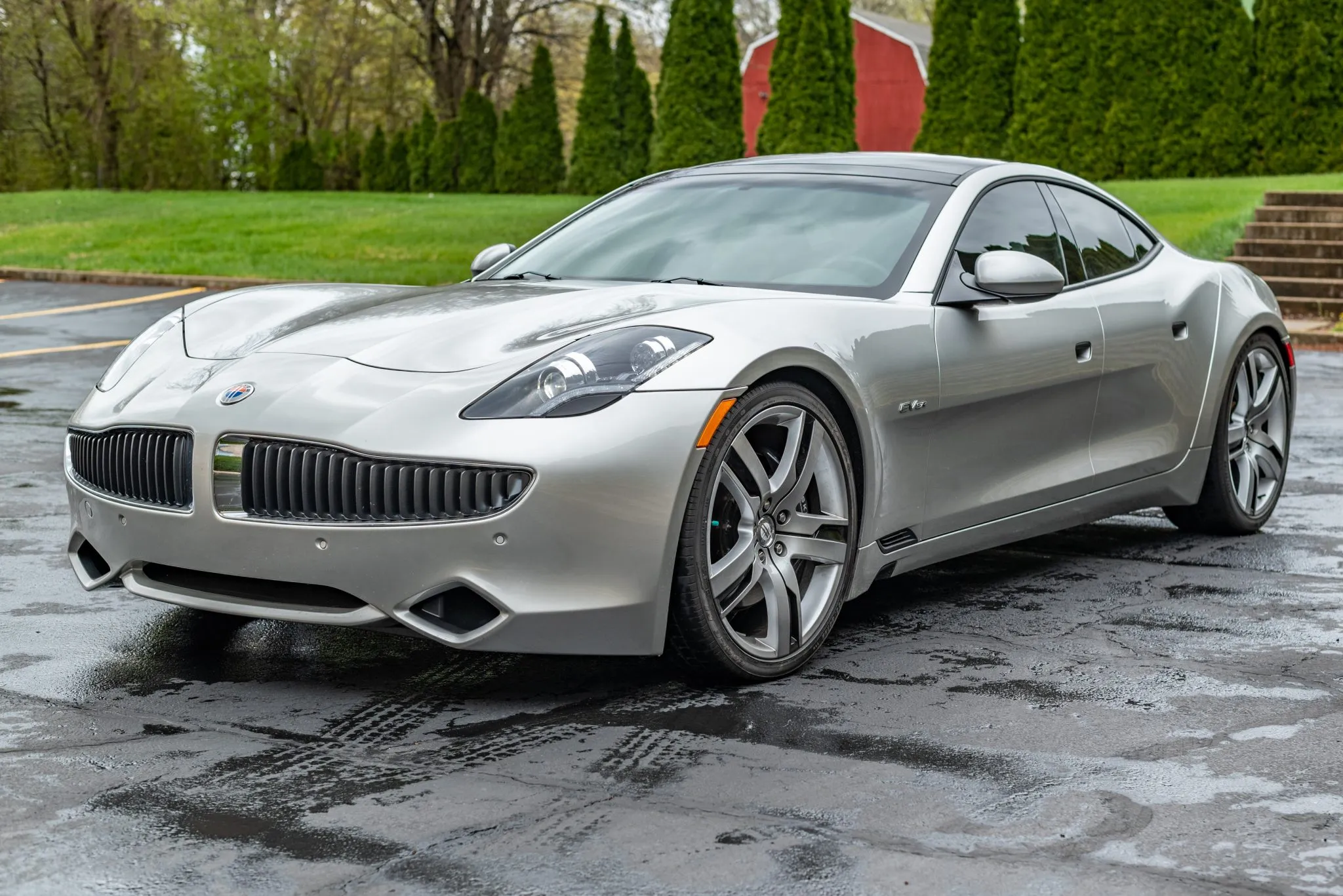
Fisker Karma (2011)
The Fisker Karma arrived on the scene in 2011 with a lot of fanfare, hailed as a luxurious, plug-in hybrid sports sedan that blended eco-consciousness with stunning design. Unfortunately, despite its innovative spirit and bold styling, the Karma struggled severely with reliability issues that plagued its early production models.
One of the biggest problems was its complex hybrid powertrain, which integrated a gasoline engine with two electric motors and a large lithium-ion battery pack. This intricate system introduced numerous points of failure, including frequent battery malfunctions, electrical gremlins, and cooling system failures.
Fisker’s choice to use lithium-ion batteries supplied by A123 Systems backfired when a massive recall was issued due to battery defects causing fires and performance degradation. This severely damaged the Karma’s reputation and led to costly repairs and downtime for owners.
Beyond the battery woes, the Karma was notorious for its software and electronic system glitches. Its advanced infotainment system, a high-tech feature meant to differentiate the Karma from competitors, often malfunctioned or froze, frustrating owners and detracting from the luxury experience.
The Karma’s chassis and suspension systems were also criticized for being less refined than expected, with reports of suspension components wearing prematurely under daily driving conditions. The use of exotic materials and lightweight construction techniques, while impressive in theory, sometimes compromises durability.
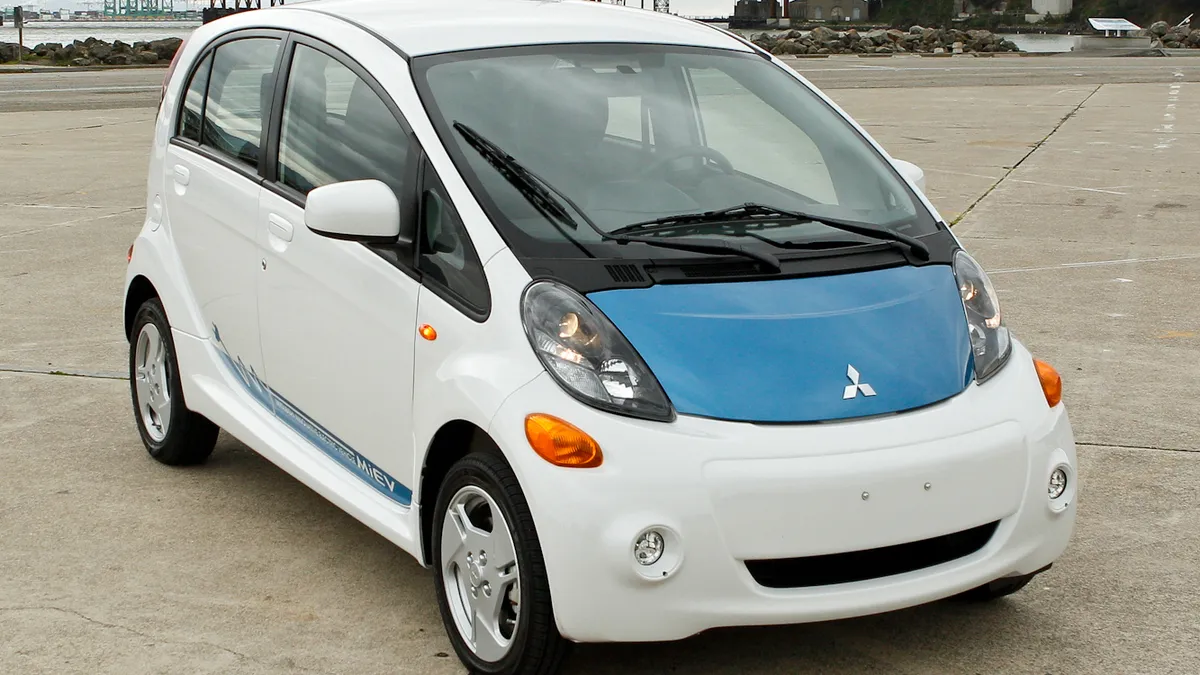
Mitsubishi i-MiEV (2009) [Struggled Version]
While the Mitsubishi i-MiEV was noted for its reliability in many markets, it faced considerable challenges in others, especially when introduced to less temperate climates and diverse driving conditions. Early models revealed that the i-MiEV’s battery management system was not always able to compensate for temperature extremes, leading to accelerated battery degradation in colder or hotter regions.
Additionally, the i-MiEV’s charging infrastructure compatibility caused issues. Early versions required specific charging connectors and had slower charging times compared to competitors, inconveniencing drivers and limiting usability for long-distance travel. The lack of fast-charging capability further restricted the i-MiEV’s appeal.
On the mechanical side, the car’s compact design meant a tight interior with minimal cargo space, which, combined with its limited range, made it less versatile than other electric vehicles. Owners also reported occasional problems with the vehicle’s electric motor controller, which could lead to power loss or erratic acceleration. Though not widespread, these problems contributed to a perception of fragility and complexity.
Moreover, Mitsubishi’s relatively small scale in electric vehicle development at the time meant limited resources for addressing these issues promptly. Warranty claims and recalls were sometimes slow to resolve, and dealer expertise with EV-specific repairs was lacking, increasing ownership frustration.
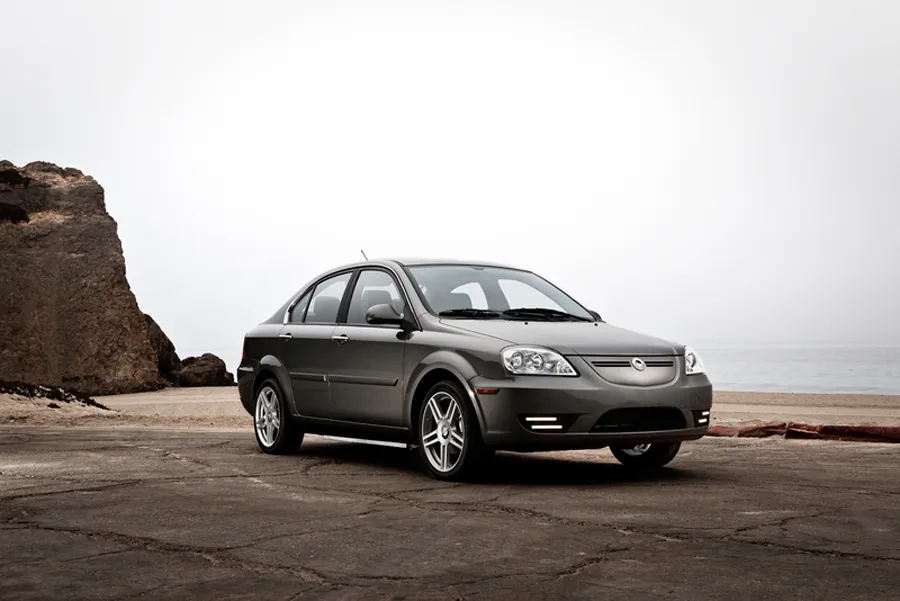
Coda Electric Sedan (2013)
The Coda Electric Sedan was one of the more ambitious attempts by a small startup to enter the early EV market with a full-sized electric sedan aimed at providing an affordable alternative to more established models. However, the vehicle was plagued by a host of early flaws that severely limited its success and reputation for reliability.
Launched in 2013, the Coda suffered from poor build quality and subpar engineering that resulted in numerous issues ranging from faulty electronics to mechanical breakdowns. One of the most serious problems was the battery pack, which experienced significant degradation after only a few years of use. Coda used battery cells supplied by various third parties without rigorous integration, leading to inconsistent battery performance and reliability.
Electrical system failures were also common, with problems such as malfunctioning power windows, erratic dashboard displays, and failures in the vehicle’s safety systems being frequently reported. These defects suggested a rushed or insufficient quality control process during assembly.
The Coda’s driving range was another pain point. Advertised at roughly 125 miles per charge, real-world figures were often considerably lower, particularly in cold weather or under heavy loads. This range anxiety, combined with slow charging times and limited charging infrastructure support, made the car less practical than hoped.
Despite its attractive price point, the Coda struggled to compete with better-established models like the Nissan Leaf and Chevy Volt. Consumer confidence was further undermined by negative reviews highlighting reliability concerns and inconsistent performance.
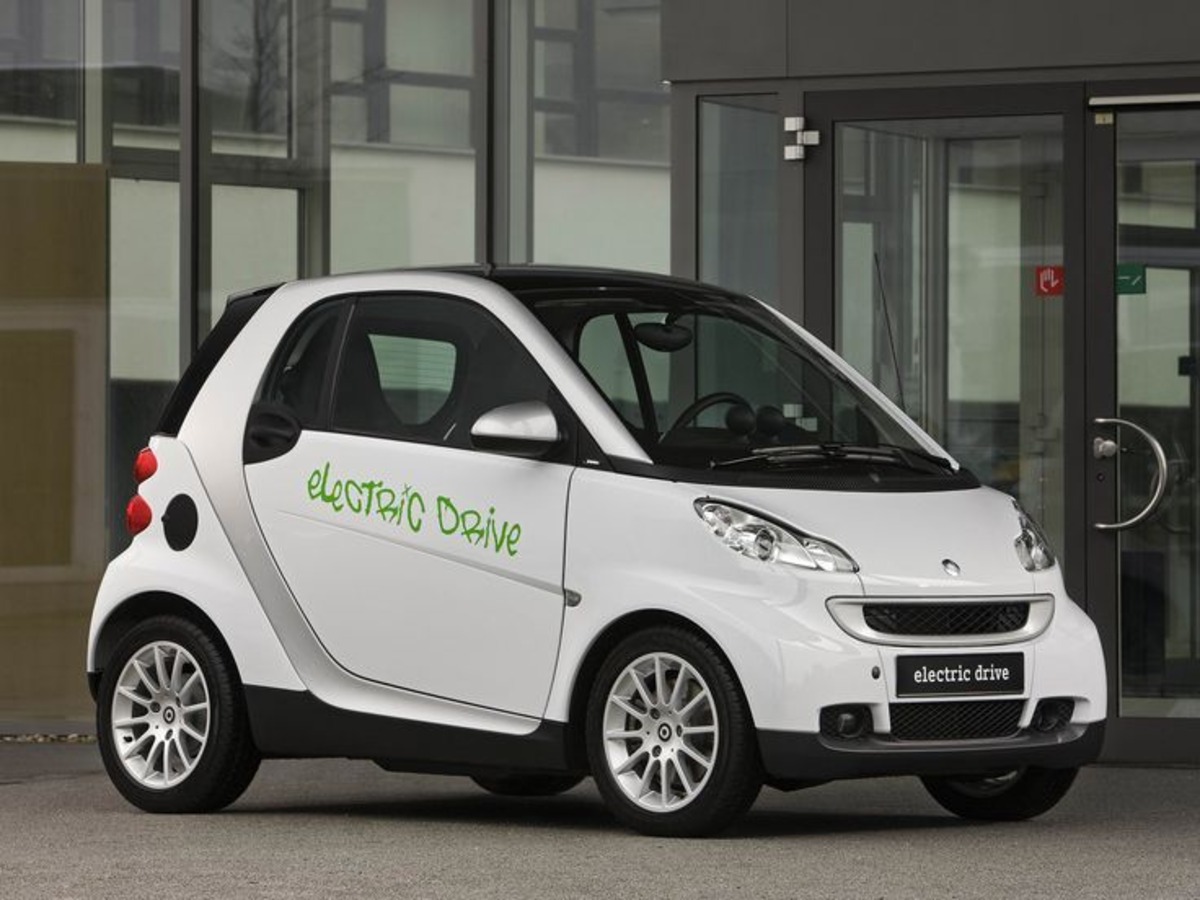
Smart Electric Drive (2013)
The Smart Electric Drive, introduced in 2013 as an electrified version of the popular Smart Fortwo, was designed as a city car offering zero-emission transportation in a compact footprint. However, despite its innovative urban focus, the first-generation Smart Electric Drive struggled with multiple early flaws that hindered its reliability and user experience.
One of the primary issues was its limited battery capacity, which translated to an EPA-rated range of approximately 68 miles, a figure that proved too low for many drivers’ expectations, especially outside dense urban centers. This limited range was exacerbated by battery degradation concerns reported by some owners after a few years of use, which reduced the car’s utility and resale value.
Moreover, the Smart Electric Drive faced problems related to its charging system. Early models used a slower charging standard, requiring hours to replenish the battery fully, and lacked compatibility with emerging fast-charging networks, limiting long-distance usability.
The relatively small battery and inefficient thermal management also led to performance inconsistencies in extreme weather conditions, with range and acceleration suffering during cold winters or hot summers. These technical shortcomings frustrated drivers looking for a practical city vehicle that could occasionally handle suburban commutes.
Mechanically, the Smart Electric Drive’s drivetrain was criticized for its underwhelming power output and less refined suspension system. While the car’s lightweight and tiny size were advantages in urban environments, they also contributed to a bouncy ride and limited cargo capacity, which restricted the car’s overall versatility.
Additionally, owners reported issues with the car’s electronics, including glitches in the dashboard display and occasional failures in auxiliary systems such as power windows and climate control. These electronic problems, although minor individually, collectively painted a picture of a car that needed further refinement.
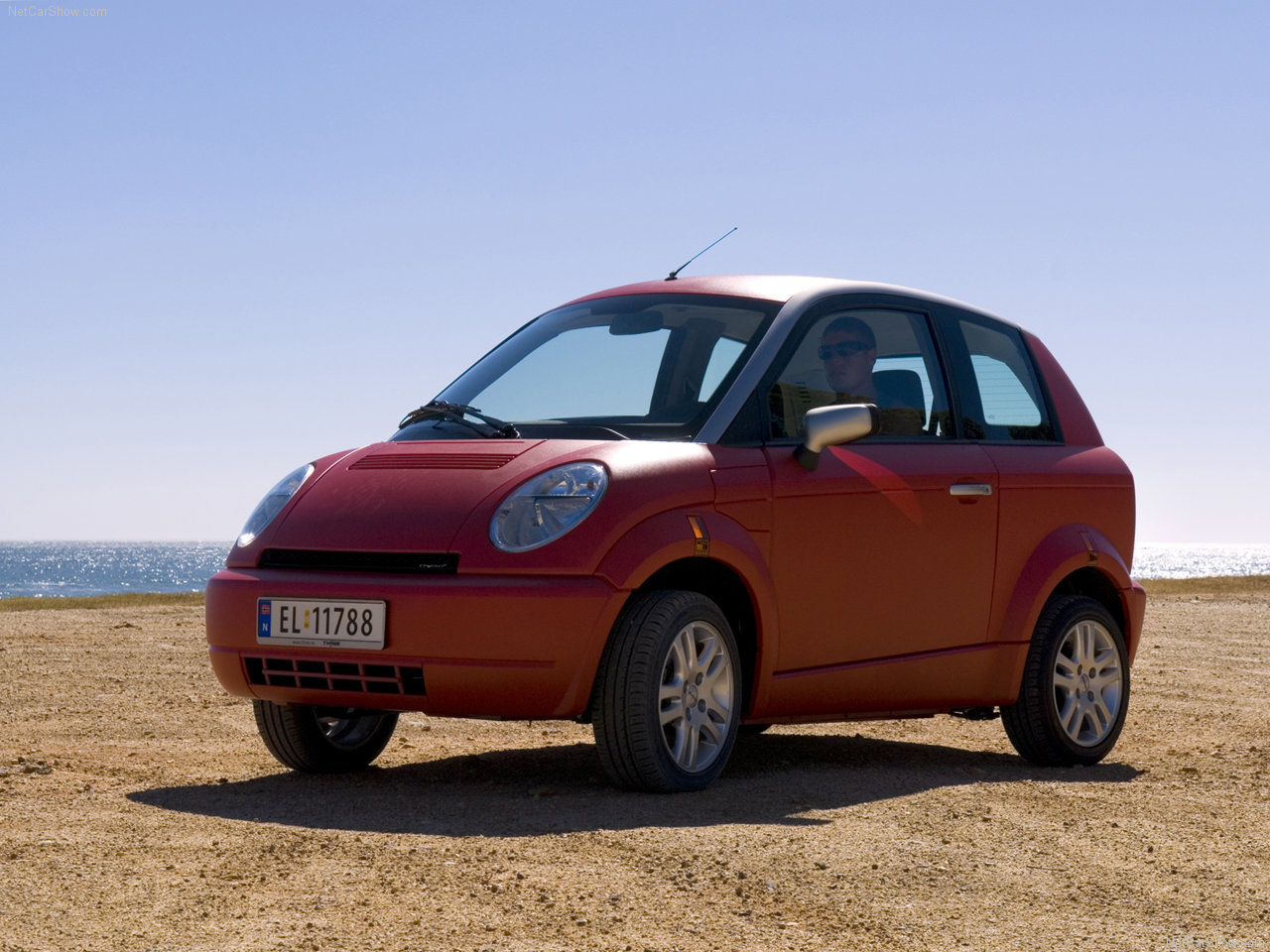
Think City (2008)
The Think City, produced by the Norwegian company Think Global in 2008, was among the earliest electric cars designed specifically for urban mobility. Despite its visionary design and environmentally friendly credentials, the Think City suffered from numerous early flaws that severely impacted its reliability and commercial viability.
One of the most significant issues was its battery pack, which used lithium-ion technology that was still relatively new and unproven in automotive applications. Early adopters reported rapid battery degradation, sometimes within just a few years, reducing the car’s effective range from the advertised 100 miles down to less than half. This decline was particularly severe in colder climates, where battery performance suffered due to inadequate thermal management.
Beyond the battery problems, the Think City faced structural and manufacturing quality challenges. Many units experienced mechanical failures related to the car’s suspension and steering systems, which were not robust enough for everyday urban driving conditions.
The limited production scale of the company meant that quality control was inconsistent, resulting in variability between individual vehicles. Electronic systems were also a source of complaints, including faulty wiring harnesses and unreliable dashboard instrumentation. These issues led to frequent breakdowns and high maintenance costs relative to the car’s size and price point.
Think Global’s financial instability further compounded these problems. The company struggled to provide adequate warranty support and spare parts, frustrating owners who found repairs expensive and time-consuming. The vehicle’s charging infrastructure was also underdeveloped, and the car lacked compatibility with many early charging stations, limiting its practicality for users outside of specific urban areas.
Combined with the limited interior space and relatively slow acceleration, these flaws made the Think City less appealing compared to competitors like the Nissan Leaf and Mitsubishi i-MiEV.
Despite its early promise and role as a pioneer in urban EV design, the Think City’s reliability issues and lack of robust support led to poor sales and eventual company bankruptcy.

